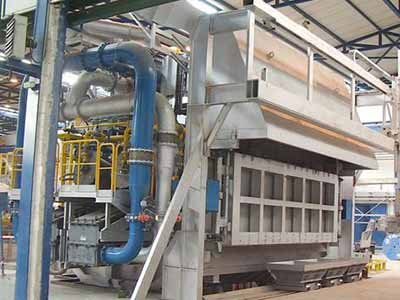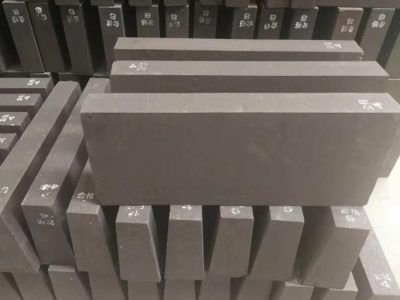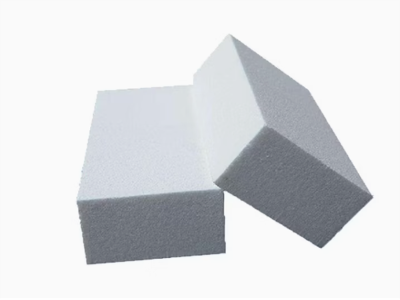Reverberatory furnace is an important thermal equipment used in the metallurgical industry for smelting and refining metal materials. It gets its name from the fact that it heats materials by reflecting the heat of the flame through the furnace top and walls. It is widely used in the smelting of metals such as copper, lead and zinc.
1.The basic structure of a reverberatory furnace
The structural design of the reverberatory furnace revolves around efficient heat transfer and stable operation. The furnace body is mainly composed of furnace top, furnace wall, hearth and combustion chamber.
Among them, the furnace top mostly adopts an arched structure to enhance strength and facilitate heat reflection.

As the key load-bearing and heat-insulating part, the furnace wall must withstand high-temperature flames. Therefore, it is usually built in layers with different refractory materials.
The hearth is the core area of material smelting and needs to have good resistance to slag erosion and high temperature resistance.
The combustion chamber is responsible for the combustion of fuel and the directional injection of flames, ensuring that heat evenly covers the furnace.
2.Working principle and heat transfer method
The core of the working of the reverberatory furnace is “reflective” heating.
Specifically, after the fuel burns in the combustion chamber, it produces a high-temperature flame. At this time, the furnace top acts as an intermediate medium, reflecting the radiant heat and convection heat of the flame downward to the surface of the hearth material.

At the same time, the furnace wall also transfers part of the heat to the material through radiation, forming an indirect heating path of “flame-furnace top/furnace wall-material”.
Finally, the material completes the melting, refining and other processes under the continuous heat action.
This heating method avoids direct contact between flame and material and reduces the mixing of impurities. It is especially suitable for smelting scenarios with high requirements for metal purity.
3.Requirements for refractory materials and commonly used brick types
The long-term stable operation of the reverberatory furnace depends on the performance matching of the refractory materials.
The furnace top is directly subjected to repeated erosion by high-temperature flames, and the temperature peak is extremely high. For this extreme working condition, fused and bonded magnesia-chrome bricks are the first choice. It has excellent high-temperature load softening performance and room-temperature flexural strength, and can effectively resist structural damage and mechanical stress under high temperatures.
If used in copper smelting reverberatory furnace, magnesia-alumina bricks are also a reliable choice. Its thermal shock resistance is significantly improved compared to magnesia-chrome bricks, and it can better adapt to drastic temperature fluctuations.
For the lower part of the furnace wall which is easily corroded by slag, magnesia bricks or magnesia-chrome bricks are the first choice. It has excellent slag resistance and can effectively resist chemical corrosion from acidic or alkaline slag.

In addition, the hearth is in direct contact with the material and needs to be both wear-resistant and erosion-resistant. Therefore, silicon carbide bricks or corundum bricks are often used. Their high hardness and low porosity can extend the service life.
In short, we should pay attention to choosing the right refractory brick supplier. We must focus on product quality stability and technical support capabilities to ensure that the refractory materials in each part of the reverberatory furnace are precisely matched to the working conditions. Only in this way can we reduce maintenance costs and improve smelting efficiency.
